SBCC Helping High Schoolers Get on Future-Focused Bandwagon in New Year
Get Focused, Stay Focused Conference Returns to City College to Promote Dual Enrollment, Career-Planning Curriculum
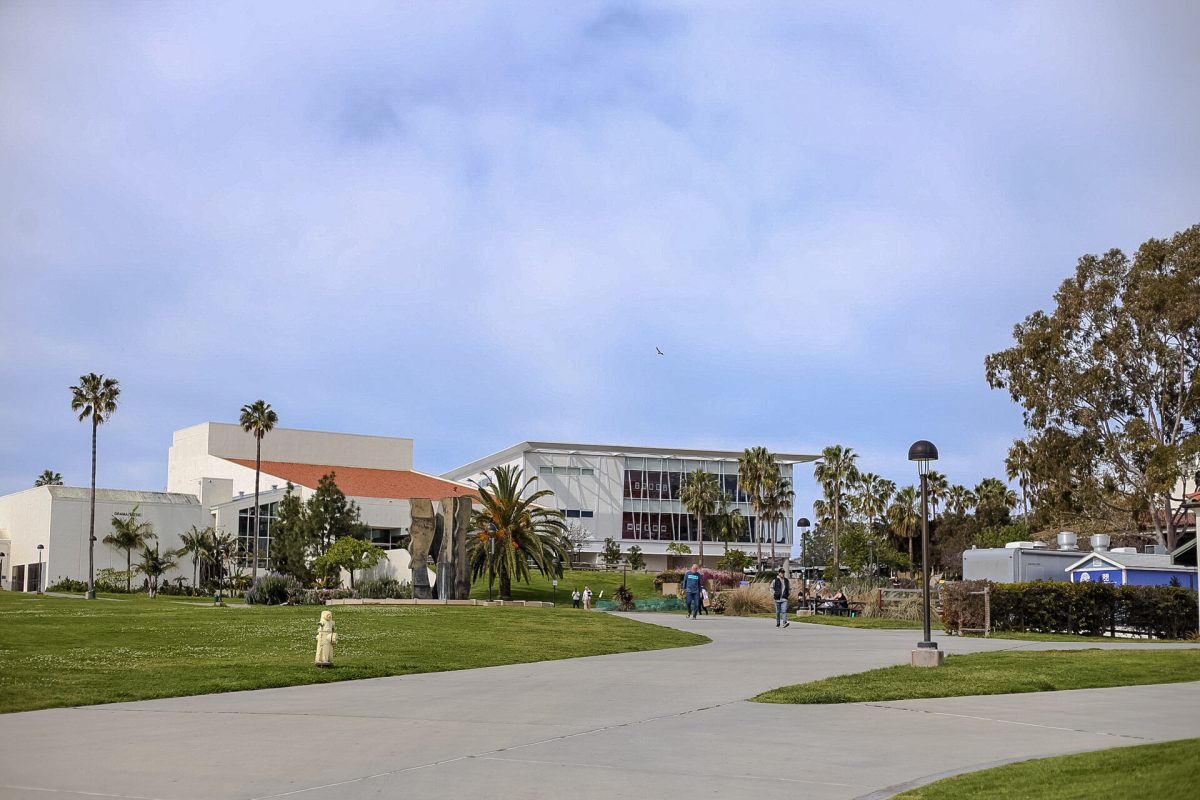
“Making Decisions About Your Future” isn’t a typical school subject, but more and more educators around the country seem to agree that, well, maybe it should be.
“When I was working as a college counselor, I saw students who were so confused, who didn’t know what they were doing, didn’t know what career they wanted to pursue,” said Dr. Karen Miles, executive director of the Get Focused, Stay Focused National Resource Center.
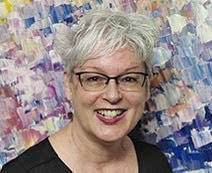
As a result, “Many of them dropped out,” she said.
To counteract the postsecondary confusion, the Get Focused, Stay Focused (GFSF) program aims to help high school students figure out what they want to do and how to get there. Hopefully, they’re steered away from that post-high-school limbo.
This January, to encourage more schools to get on the future-focused bandwagon, the GFSF nonprofit is holding a two-day conference at Santa Barbara City College (SBCC) to promote dual enrollment (the opportunity for high school students to take community college classes) and the program’s career-planning curriculum.
The program was founded in 2009 and got its start in Santa Barbara County, having been adopted as a dual enrollment course that same year by Carpinteria High School and Santa Barbara High School.
Since then, the program — partnered with Santa Barbara–based educational publisher Academic Innovations, using their Career Choices curriculum — has reached 2.5 million students nationwide, including in 317 schools around California.
According to Miles, the curriculum is student-centered to help them choose a personalized degree pathway. Simply put, it’s “training them to reach their career,” she said. “If they know what they want to do, they can stay on track,” instead of potentially wasting thousands of dollars trying to figure it out in college.
Usually beginning in 9th grade, students are tasked with figuring out their “dream job” and how they want to get there. Then, as their identity changes and develops throughout high school, they curate and continuously tweak that “10-year plan” toward employability.
Helping high school freshmen plan for their futures increases graduation rates and decreases the likelihood of dropping out, according to former Westmont professor and Career Choices curriculum author Mindy Bingham.
“Study after study shows that students who enter college with a career in mind are twice as likely to graduate — it’s a huge thing for parents to think about,” she said.
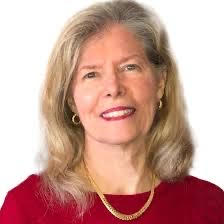
Dual enrollment, she explained, can also play a “powerful role” in helping students save time and money on the route to a degree, while developing confidence in themselves and higher education. “Rethinking dual enrollment and making it more accessible for every student is essential to expanding postsecondary opportunities,” she said. “Students need to get serious about high school, so they know what they’re doing when they get to college.”
The upcoming GFSF conference will return to SBCC in the wake of Governor Gavin Newsom’s recent efforts to expand dual enrollment and career-planning opportunities for high school students across the state, amid an ongoing decline in enrollment in California public schools and four-year colleges.
The conference will take place from January 11-12 and will include professional development opportunities, conference sessions, and a keynote from California Community College Chancellor, Dr. Sonya Christian, for schools who are new to dual enrollment and/or the GFSF program.
For more information about the conference, visit academicinnovations.com/gfsf-conference-winter-2024/.
Premier Events
Fri, May 17
12:00 PM
Santa Barbara
A Taste of Africa Cultural Extravaganza at UCSB
Sat, May 18
7:00 PM
Santa Barbara
A Taste of Africa Cultural Extravaganza at UCSB
Fri, May 17
7:00 PM
Goleta
Viva el Arte Presents Jarabe Mexicano
Tue, May 21
7:00 PM
Santa Barbara
Revisiting the Classics: “Schmigadoon!”
Thu, May 23
7:00 PM
Carpinteria
The Carpinteria High School Muses Present “The Wizard of Oz” Musical
Fri, May 24
11:00 AM
Santa Barbara
Discussion: Misogyny, Racism & Violence at UCSB: The IV Killings 10 Years Later
Fri, May 24
7:00 PM
Santa Barbara
SBHS Annual Spring Dance Concert 2024
Sat, May 25
3:00 PM
Santa Barbara
Canary Hotel Rooftop: Suns Out Buns out with LeFunk Sounds
Sat, May 25
8:00 PM
Carpinteria
Rich Tell Presents: The Thom Rotella Band
Sun, May 26
11:00 AM
93103, Santa Barbara, CA
Memorial Day Weekender PJ Brunch!
Sun, May 26
12:00 PM
Santa Barbara
Market at Pali Wine Co
Mon, May 27
11:00 AM
Santa Barbara
PCVF Memorial Day Ceremony
Fri, May 17 12:00 PM
Santa Barbara
A Taste of Africa Cultural Extravaganza at UCSB
Sat, May 18 7:00 PM
Santa Barbara
A Taste of Africa Cultural Extravaganza at UCSB
Fri, May 17 7:00 PM
Goleta
Viva el Arte Presents Jarabe Mexicano
Tue, May 21 7:00 PM
Santa Barbara
Revisiting the Classics: “Schmigadoon!”
Thu, May 23 7:00 PM
Carpinteria
The Carpinteria High School Muses Present “The Wizard of Oz” Musical
Fri, May 24 11:00 AM
Santa Barbara
Discussion: Misogyny, Racism & Violence at UCSB: The IV Killings 10 Years Later
Fri, May 24 7:00 PM
Santa Barbara
SBHS Annual Spring Dance Concert 2024
Sat, May 25 3:00 PM
Santa Barbara
Canary Hotel Rooftop: Suns Out Buns out with LeFunk Sounds
Sat, May 25 8:00 PM
Carpinteria
Rich Tell Presents: The Thom Rotella Band
Sun, May 26 11:00 AM
93103, Santa Barbara, CA
Memorial Day Weekender PJ Brunch!
Sun, May 26 12:00 PM
Santa Barbara
Market at Pali Wine Co
Mon, May 27 11:00 AM
Santa Barbara

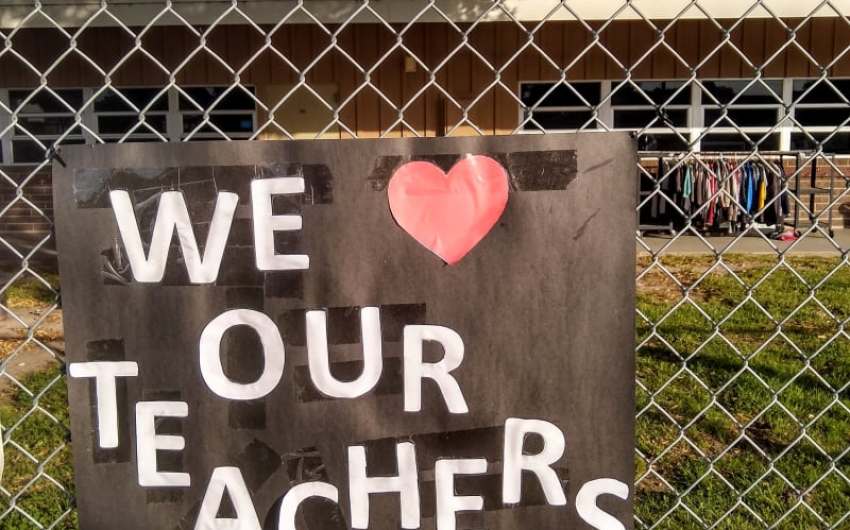
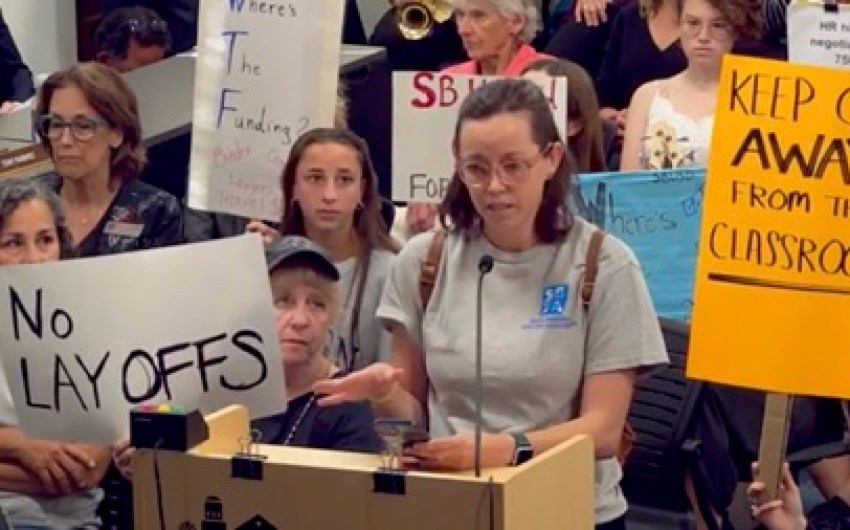
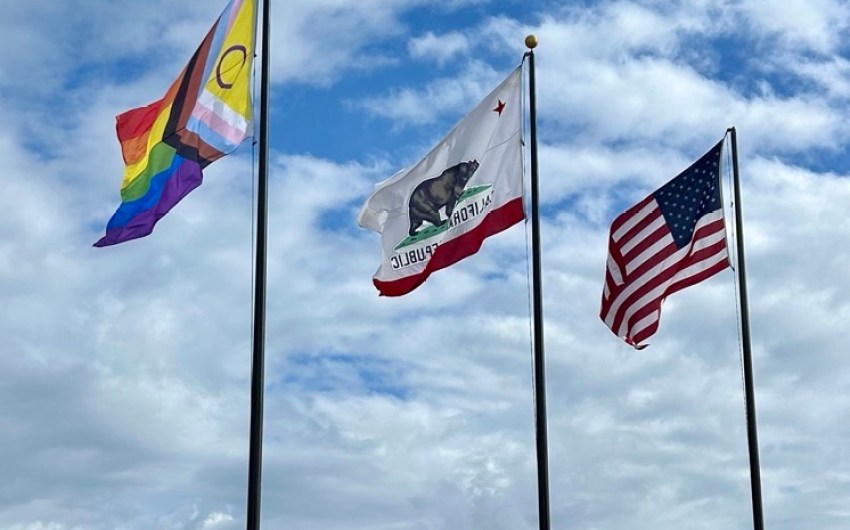

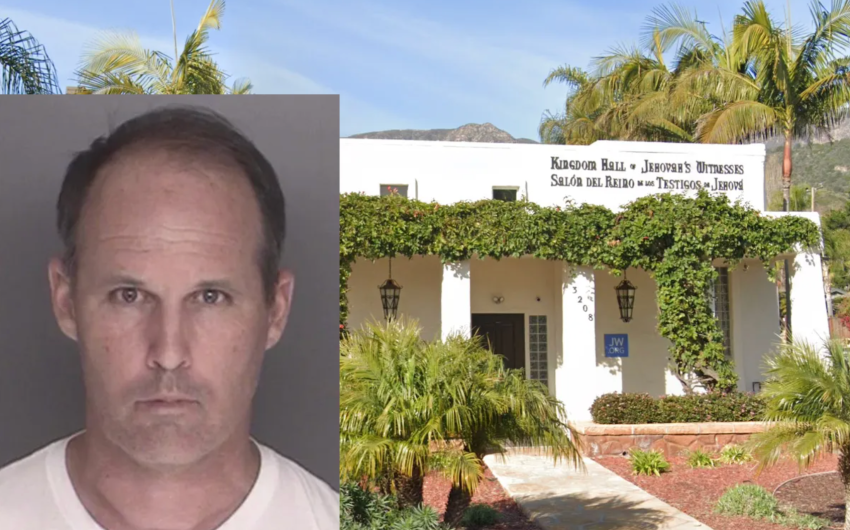
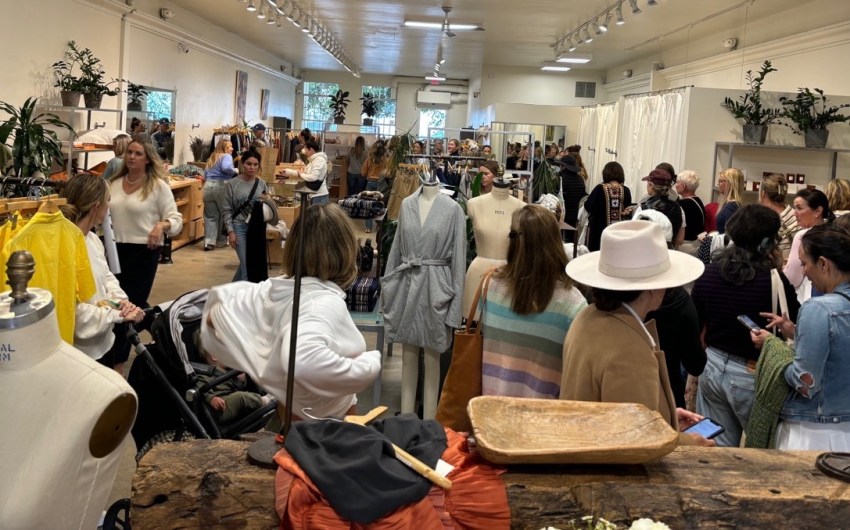
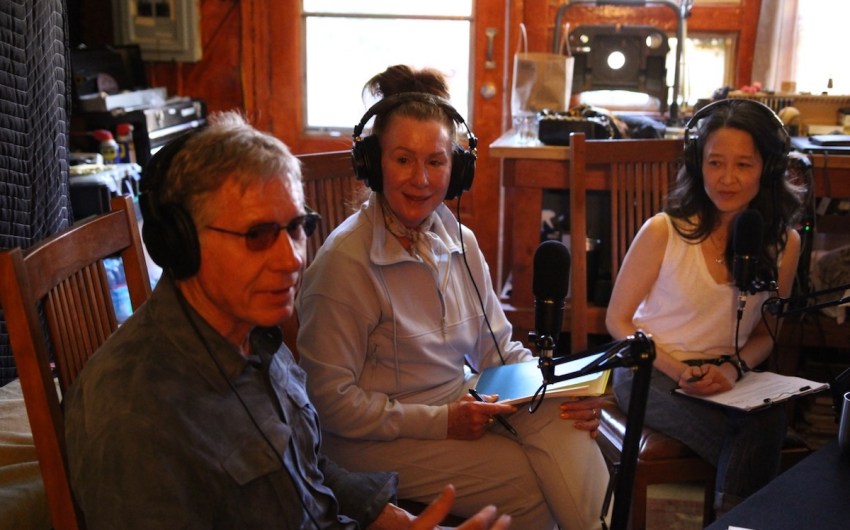
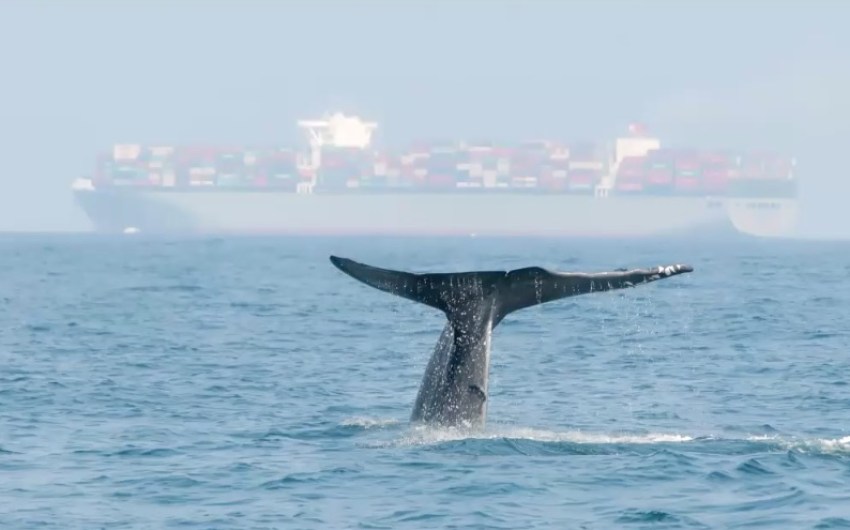
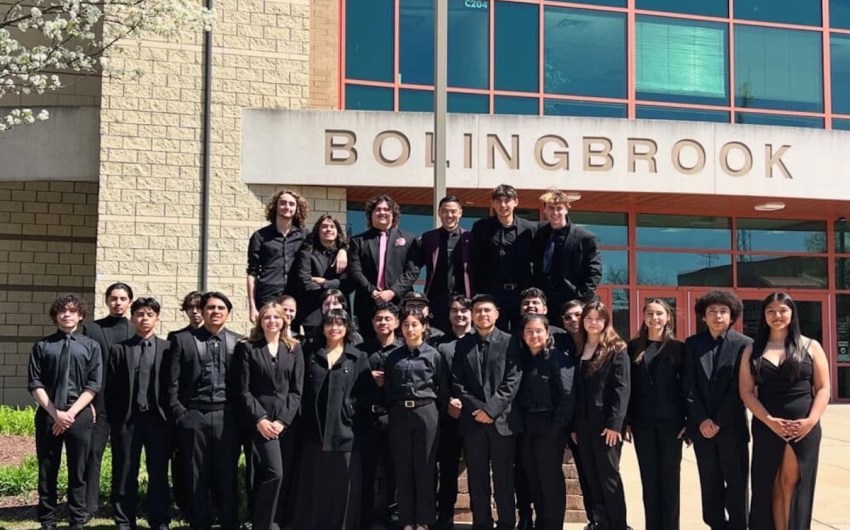
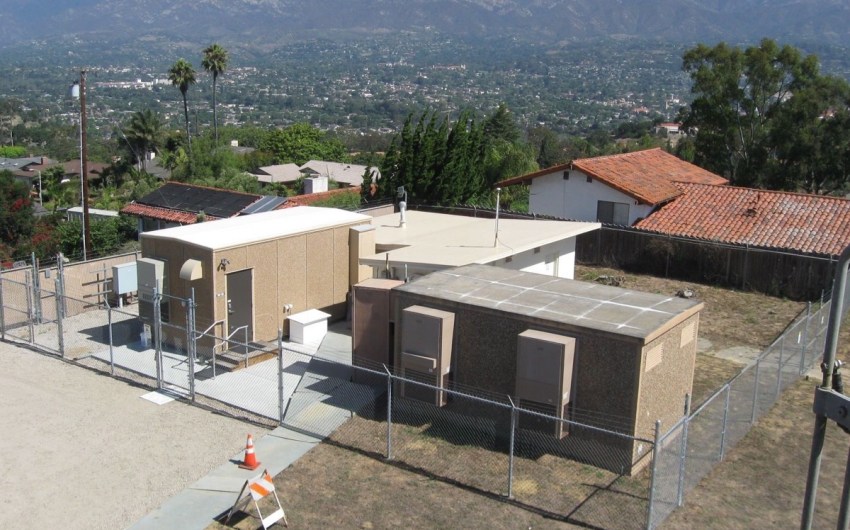
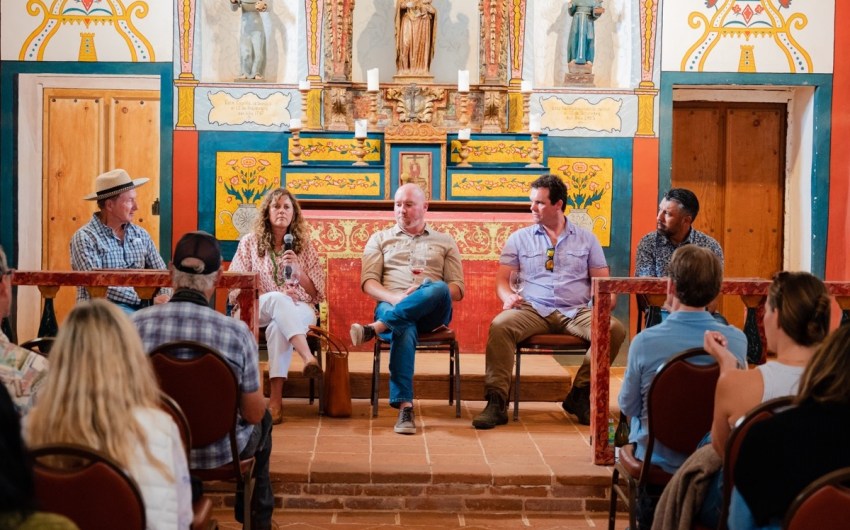

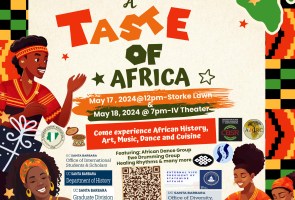



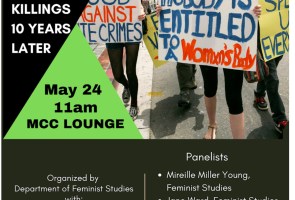
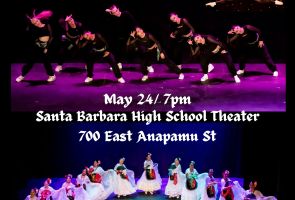





You must be logged in to post a comment.